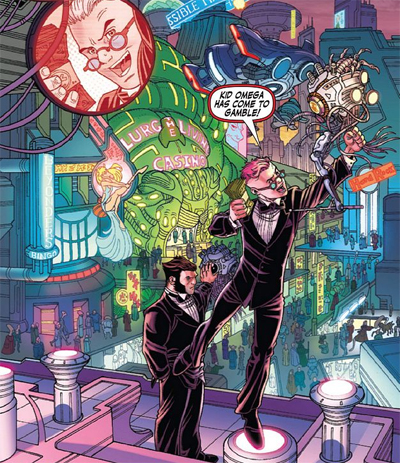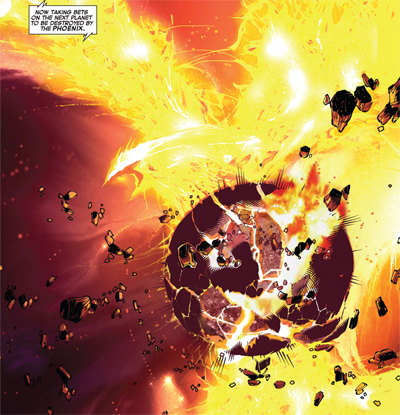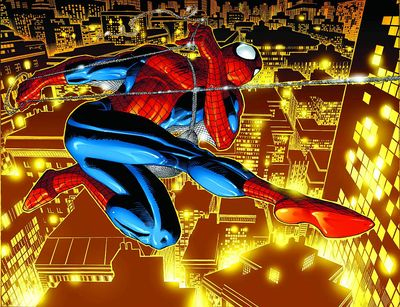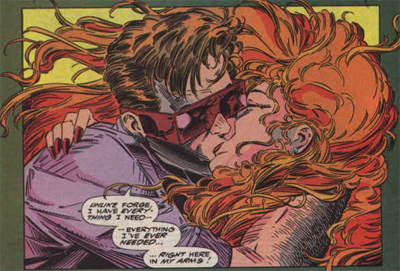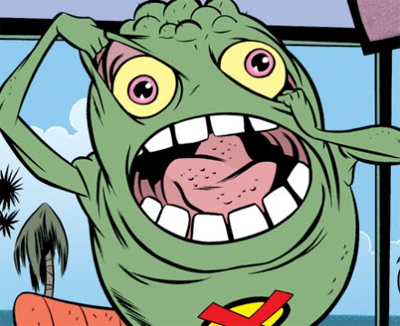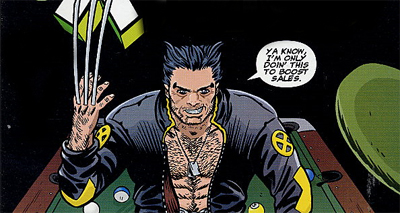23rd July is Batman Day, celebrating the character’s 75th anniversary. To celebrate, this July we’re taking a look at some new and classic Batman (and Batman related) stories. Check back daily for the latest review.
Peter Milligan and Kieron Dwyer’s Dark Knight, Dark City shot to prominence when writer Grant Morrison incorporated some of its elements into his expansive Batman epic. This three-issue 1990 Batman story arc garnered a lot of attention and even earned a reprint in 2011 as part of the DC Comics Presents line. That is certainly deserved, as Dark Knight, Dark City is a genuinely classic Batman story.
Milligan hits on a lot of the themes that he would develop over his subsequent Detective Comics run. There’s a sense that the writer is scripting a version of Batman that owes at least as much to the tradition of horror comics as it does to traditional superhero narratives. Indeed, Milligan could easily have reworked most of his Batman stories for Hellblazer with only a minimum amount of changes.
Portraying Batman as a strange and surreal character inhabiting a strange and surreal world, Milligan paved the way for a lot of occult weirdness that would become a fixture of the Batman line into the nineties and beyond. It is very difficult to imagine Grant Morrison’s extended run without Milligan’s influence. It could also be argued that Milligan paved the way for the distinctive and stylised portrayal of the Dark Knight in Doug Moench and Kelley Jones’ mid-nineties run.
Haunting, thoughtful and influential, Dark Knight, Dark City is an underrated masterpiece.
Filed under: Comics | Tagged: barbatos, batman, dark knight, dark knight dark city, grant morrison, kieron dwyer, Peter Milligan, riddler, Ritual, the riddler | 2 Comments »

















